Eye facts and myths: Truth you need to know about eye health
| Estimated Reading Time: 8 minutes |
Spend a day speaking to ophthalmologists, Ayurvedic physicians, neurologists and yoga therapists, and you will notice something curious: nearly everyone agrees that the eyes carry a heavier burden today than at any other point in recent history. What they disagree on, however, are the reasons. Modern medicine speaks of screen-linked strain and disrupted blinking patterns. Ayurveda speaks of pitta imbalance, overstimulation, and chronically taut facial muscles. Neuroscientists point to cognitive overload and shallow breathing.
Table of Content: |
Yet most people still hold onto simplistic ideas — that the eyes are mechanical lenses, or that rest comes only with sleep, or that tears are nothing more than saline. This investigative piece takes apart these assumptions, one by one. The goal is not to defend any one system of care but to examine the Importance of Eye Care from physiology, behaviour science and traditional health perspectives, without romanticising either side.
20 Myths and Facts
MYTH 1: “The eyes only reflect what we see outside.”
This belief collapses once you look at how the visual cortex functions. The eye is merely one part of the chain; perception is shaped by memory, attention, and emotional state. Several vision scientists point out that nearly one-third of the brain participates in decoding what the retina receives. When you are anxious, your pupils remain slightly more dilated, your saccades speed up, and your interpretation of even neutral objects becomes skewed. The common idea that “eyes show only the outer world” ignores how strongly inner states colour visual processing.
MYTH 2: “Vision is purely physical — just lenses and focus.”
Talk to an optometrist and they will confirm that refractive errors do explain blurry sight, but the full story involves neural adaptation. The brain constantly edits, fills gaps, and stabilises the image. Even depth perception relies less on the eye’s structure and more on neural computation. Any discussion around the Importance of Eye Care must therefore acknowledge that eye wellness includes brain wellness — sleep hygiene, stress cycles, attention rhythms and muscular tension around the face.

MYTH 3: “Eye fatigue comes only from light exposure.”
If light were the only problem, walking outdoors at noon would exhaust the eyes more than a laptop screen. But the opposite is true. Ophthalmologists repeatedly point to reduced blink rate, rigid facial posture, and prolonged near-focus as the leading triggers of fatigue. When people work on screens, their breathing becomes shallower, their forehead tightens, and the tiny muscles around the eyes (especially the orbicularis oculi) stiffen. Fatigue is therefore mechanical and cognitive, not just photic.
MYTH 4: “Sleep alone rests the eyes.”
Sleep certainly helps repair photoreceptor chemistry, but it cannot release daytime tension in the periorbital muscles. An interesting observation shared by facial physiotherapists is that people who clench their jaw or frown through the day carry that tension into sleep. These micro-contractions limit how deeply the eyes “switch off.” Hence, brief daytime relaxation practices often bring a kind of ease that sleep alone cannot, a reminder of the layered Importance of Eye Care.

MYTH 5: “The eyes have no link to gut or liver health.”
While the eyes do not directly contact these organs, systemic inflammation, nutrient status, and dehydration influence ocular comfort. Vitamin A metabolism is tied to liver function; hydration relies partly on gut absorption. Ayurveda describes this through a different vocabulary — pitta accumulation or digestive heat showing up as burning eyes — but the underlying observation matches clinical reality that systemic health often precedes ocular symptoms.
MYTH 6: “Eye relaxation has no hormonal impact.”
Any practice that slows breathing and reduces sympathetic arousal can influence cortisol and adrenaline levels. Ophthalmologists who work with chronic dry-eye patients often report unexpected improvements once patients adopt slow-blink exercises or palming techniques. No one is claiming these practices overhaul hormones, but they do reduce momentary stress spikes and create space for better ocular lubrication.

MYTH 7: “Only meditation affects brain waves.”
Resting the visual system changes neural rhythms. Studies on "visual idle states" show shifts toward more alpha activity when the eyes soften or disengage from sharp focus. This does not require meditation; even brief gazing at a distant neutral point stabilises cortical load. In simple terms, the brain relaxes when visual demand reduces — another overlooked aspect of the Importance of Eye Care.
MYTH 8: “Tears are just salt water.”
Tear film is a complex tri-layered structure containing oils, mucins, enzymes, and antimicrobial peptides. It is a miniature immune system, lubricant, and optical stabiliser. When people claim that “watering eyes” is a sign of emotional weakness or simple irritation, they ignore the sophisticated biological purpose of tear chemistry.

MYTH 9: “Cooling rituals are only for comfort.”
In India, cooling eyewashes or gentle compresses made from rose water, triphala decoction, or plain cold water are common. While many assume these are cultural habits, cooling reduces periorbital inflammation, calms blood vessels, and soothes nerve endings. The effect is not psychological; it is physiological. One need not romanticise Ayurveda to acknowledge that temperature shifts affect vascular tone around the eyes.
MYTH 10: “Eye care is unrelated to emotional trauma.”
Trauma specialists observe that people under chronic emotional pressure often hold unintentional tension in their brow and eyelids. This stiff, guarded expression influences blinking, moisture distribution, and even the way a person looks at light. Emotional states do not cause eye disease, but they do change ocular comfort. Overlooking this connection makes eye care feel mechanical when it is partly behavioural.
MYTH 11: “You cannot train the eyes to be calmer.”
Calmness is not a mystical quality; it is muscle tone plus neurological load. When people practise gentle palming, slow blinking, alternate near-far focus, or restful distance gazing, they reduce the micro-strain carried through the day. This does not “strengthen” the eyes in a gym-like sense, but it retrains the relationship between attention, posture, breathing, and ocular demand.

MYTH 12: “Ayurveda only soothes; it cannot affect nerves.”
While Ayurvedic practices like netra tarpana or nasyam should not be oversold, they do change temperature, lubrication, and muscular relaxation. What appears as “nerve healing” may simply be release of long-held tightness and improved moisture retention. The nervous system is responsive to touch, warmth, and rhythmic breathing — all of which many Ayurvedic eye care rituals involve.
MYTH 13: “Light always activates the brain.”
Soft diffused light or brief darkness can deactivate visual circuits. Neuroscientists studying sensory rest often place subjects in dim environments to observe how perceptual load reduces. Darkness is not inherently negative; it offers a controlled reduction in stimulus, allowing the optic system to recalibrate.
MYTH 14: “Eye relaxation does not influence creativity.”
Writers, designers, and artists often report a sudden lift in creative clarity after stepping away from screens and resting their gaze. Creativity is not about eyesight but about cognitive flexibility. A calmer visual system reduces background chatter, making room for new associations to form.

MYTH 15: “Blinking is purely reflexive.”
Blinking is partly voluntary. Stress and intense focus reduce blink rate. Hydrated, comfortable eyes require frequent blinking — it spreads oils, stabilises tear film, and prevents tiny abrasions. Lack of blinking explains why even young people feel gritty eyes after long work hours.
MYTH 16: “Ancient eye rituals are irrelevant today.”
People often dismiss traditional routines like triphala washes or ghee application because they assume modern products are superior. Ophthalmologists may not prescribe these rituals, but they do acknowledge the importance of hydration, lubrication, and reducing strain — goals that overlap with many older practices. What matters is hygiene and moderation, not wholesale rejection or blind acceptance.
MYTH 17: “Darkness weakens the eyes.”
Short periods of darkness help rods and cones reset. Only prolonged darkness, such as living in dim rooms for months, affects visual function. Brief dark rests are healthy, not harmful
MYTH 18: “You cannot feel mental stress through your eyes.”
People often describe stress as heaviness behind the eyes, a tightening of the temples, or pressure in the forehead. These are muscular and vascular responses to emotional load. The eyes are not emotion-proof; they are surrounded by some of the most expressive muscles in the body.

MYTH 19: “Eye brightness is only cosmetic.”
Brightness often reflects hydration, inflammation levels, and how consistently the tear film is maintained. When someone switches from a tense, screen-heavy routine to a calmer one, the first external change is often subtle brightening around the eyes. It is physiology, not cosmetics.
MYTH 20: “Screens alone cause all eye problems.”
Screens amplify existing habits — shallow breathing, poor posture, excessive near-focus. They do not invent them. Even book readers from decades ago reported similar headaches and dryness after long hours of near work.
Closing Thoughts
The eyes are not isolated organs. They respond to posture, hormones, sleep depth, temperature, and mental load. True eye care is neither purely mechanical nor purely traditional — it is a mix of biology, behaviour, and daily habits. Recognising the Importance of Eye Care means acknowledging how intimately the eyes are connected to the rest of the body. Once that truth is accepted, both ancient and modern practices start to make more sense, because they ultimately aim at one thing: reducing strain and restoring balance.
Recommended Products by Blue Nectar:
Niacinamide Under Eye Cream for Dark Circles with Papaya & Potato Starch | (18 Herbs, 15g)
Shubhr Niacinamide Under Eye Serum for Dark Circles (17 herbs, 30ml)
Related Articles:
How to detox your eyes: A simple guide for fresh, bright, & relaxed eyes
From Tradition to Today: The History of Eye Care & the Growing Importance of Eye Care
Refernces:
https://pmc.ncbi.nlm.nih.gov/articles/PMC3717333/





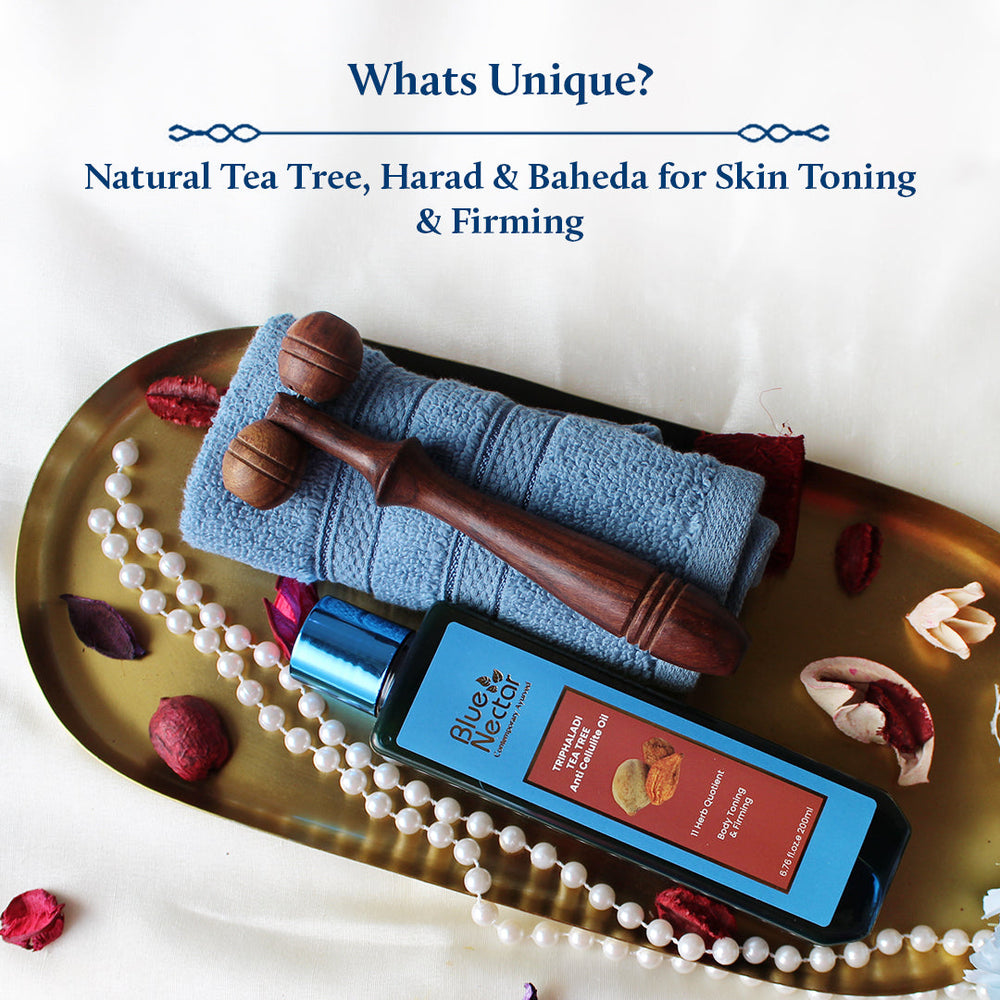

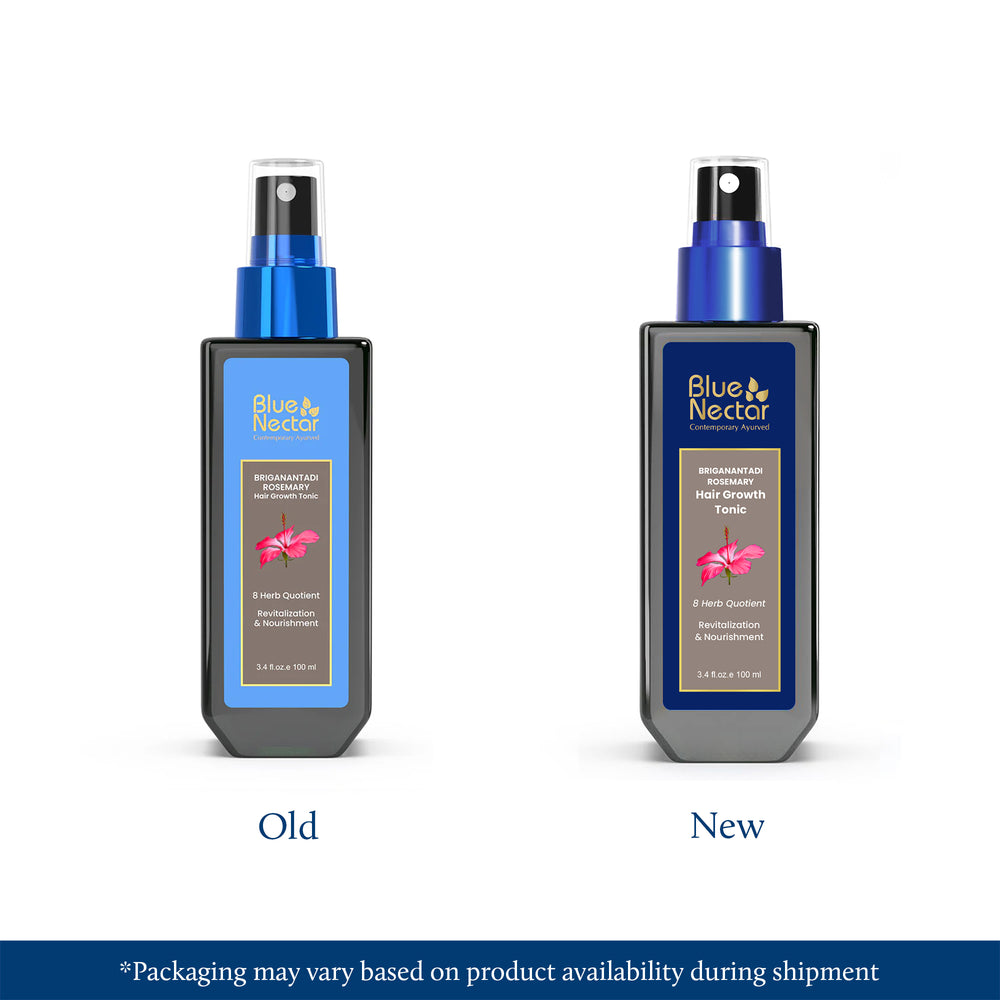
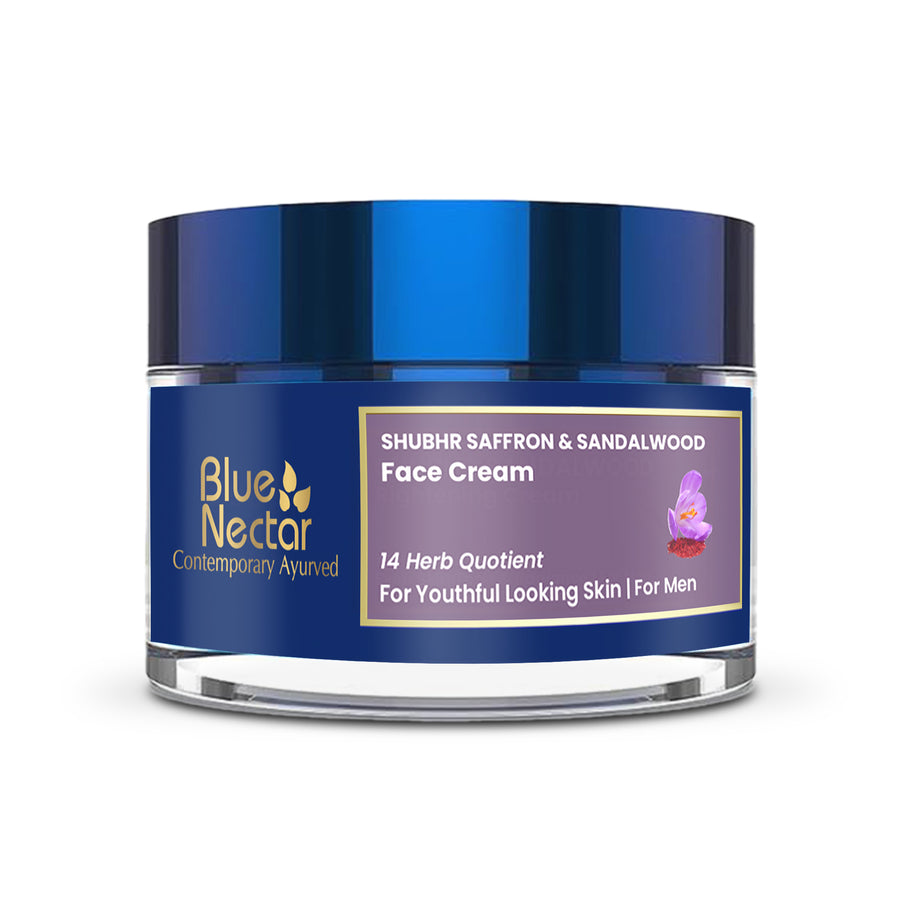
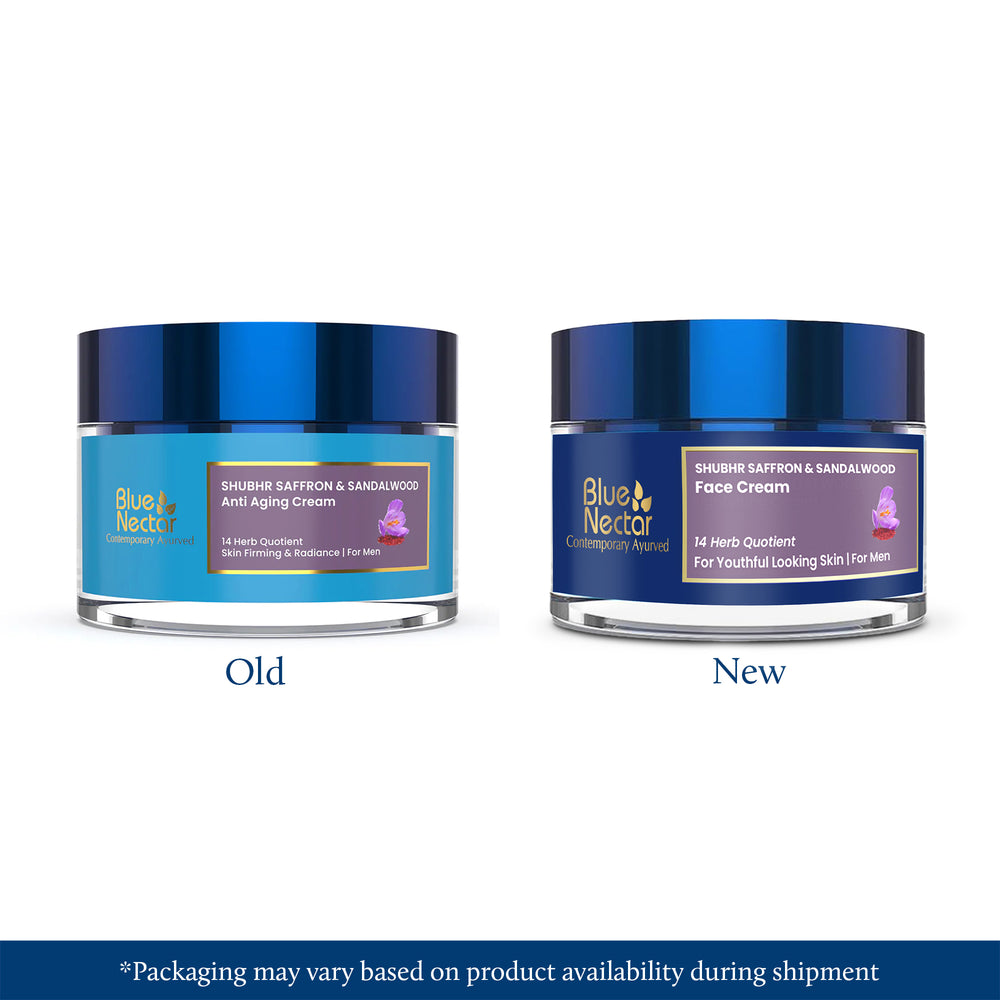
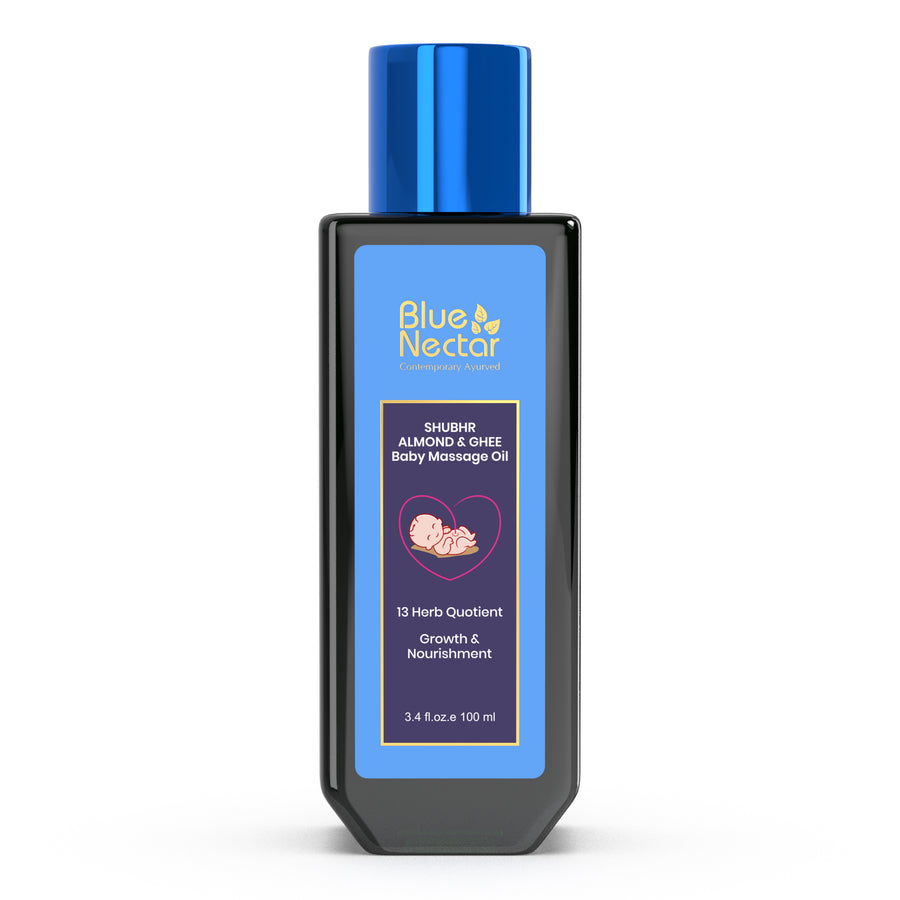
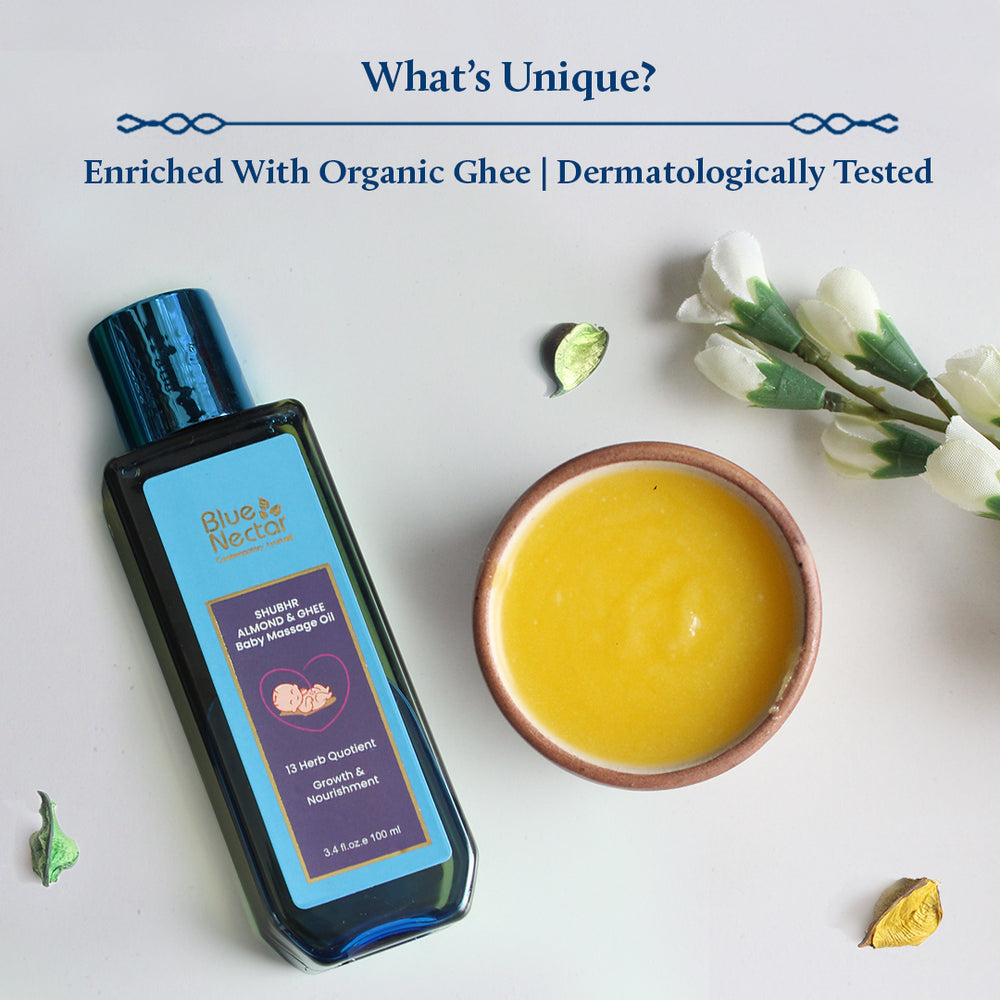

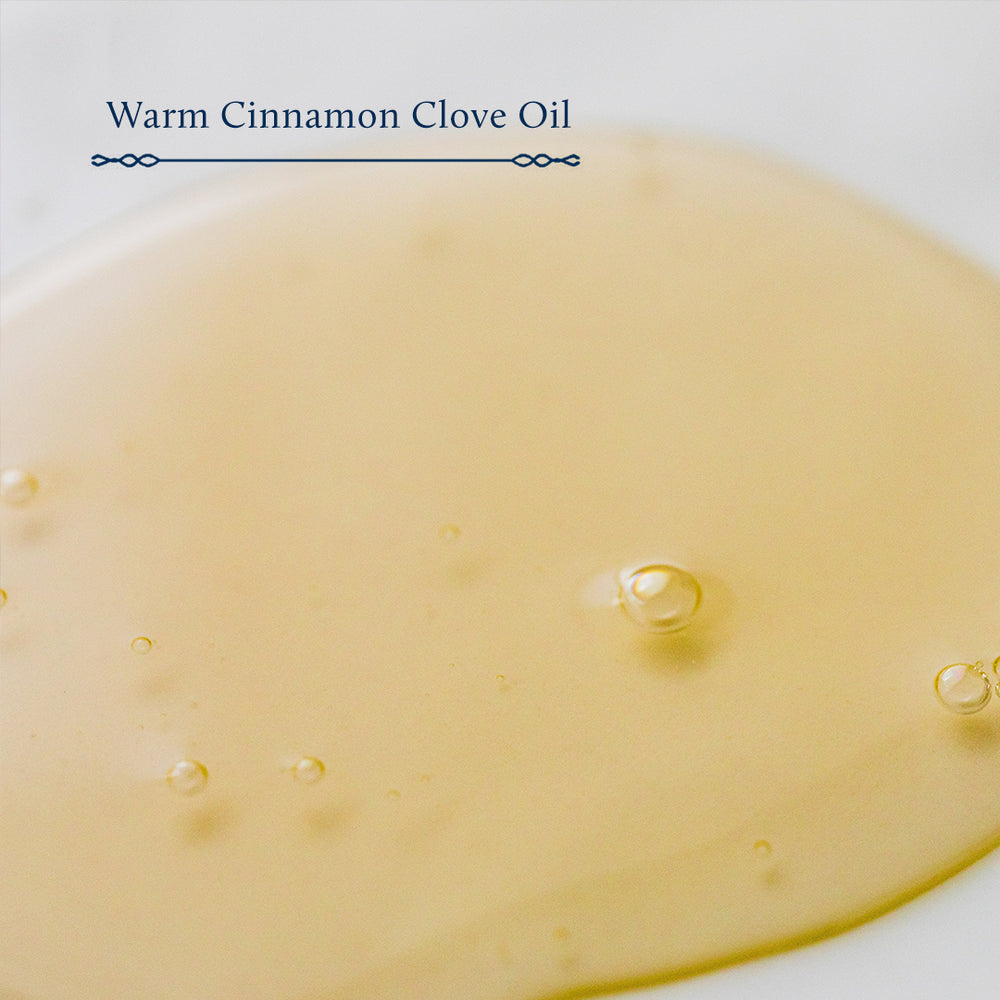


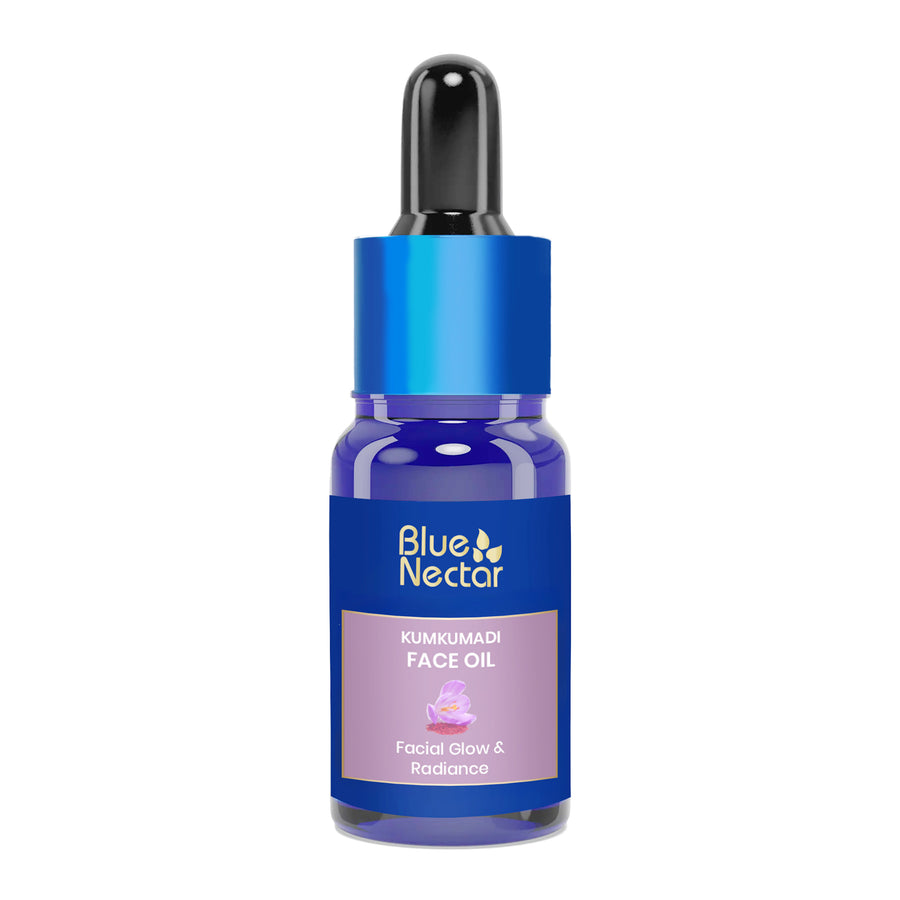
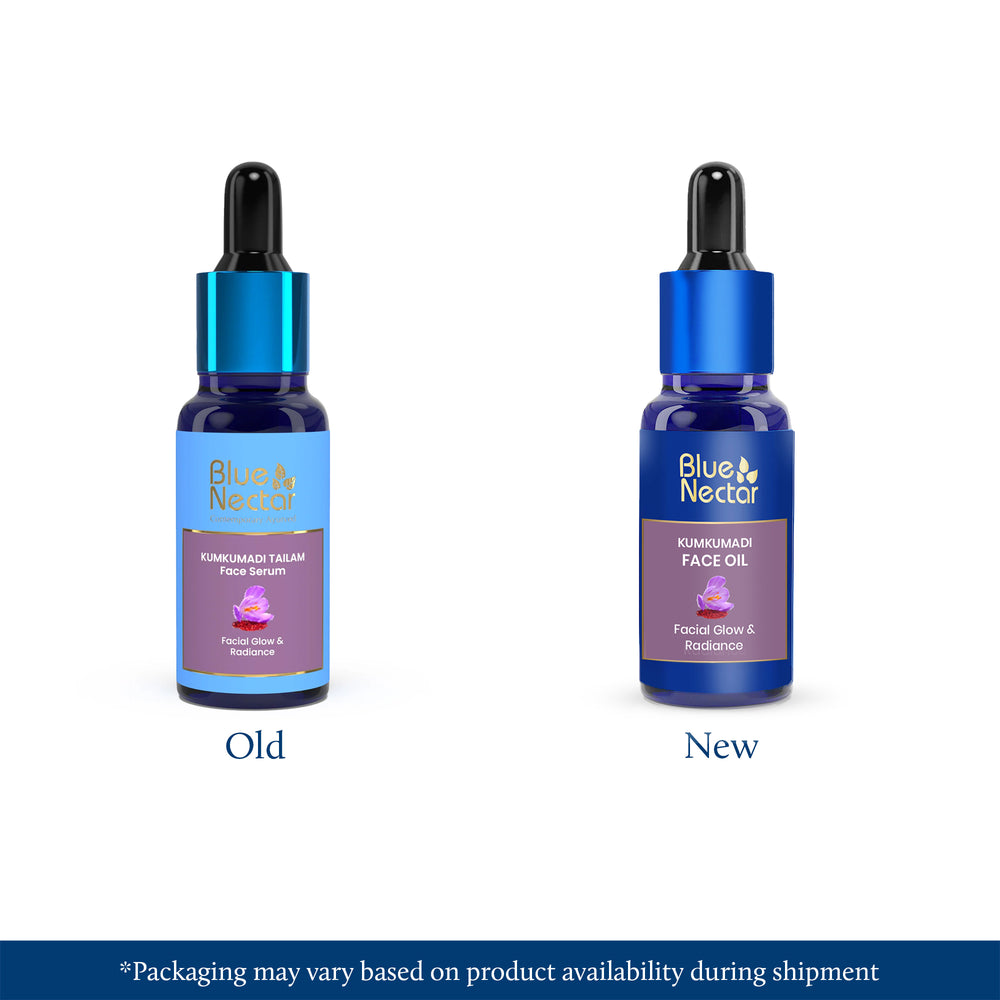


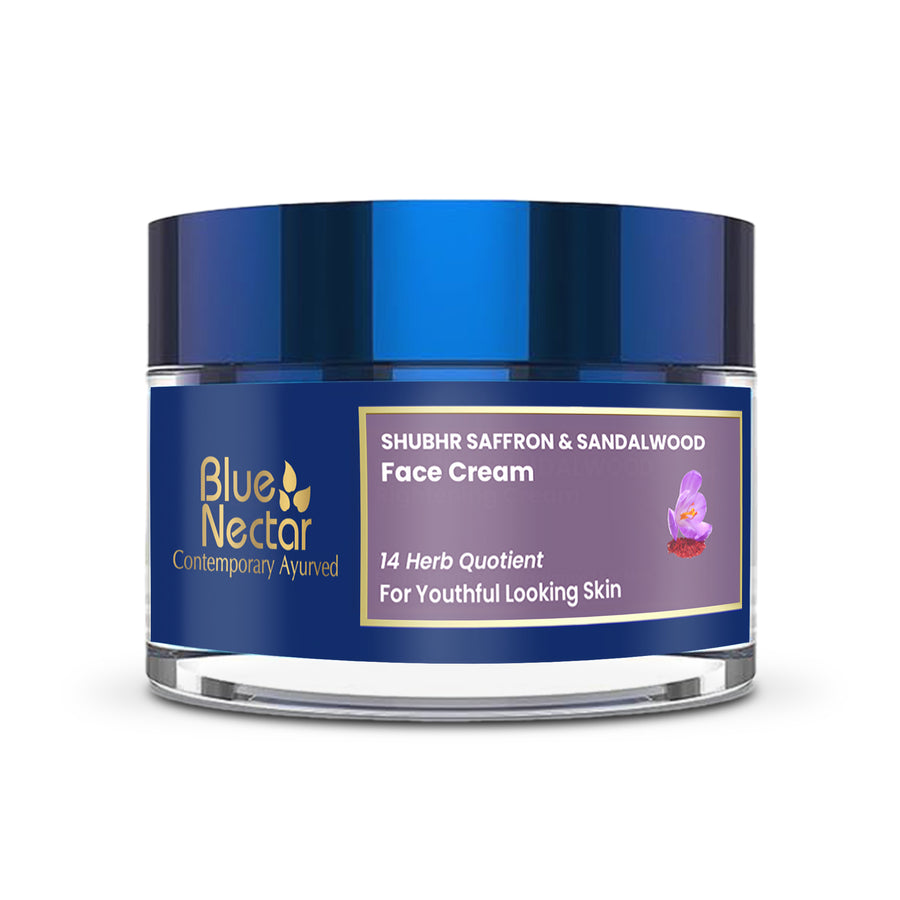

Leave a comment